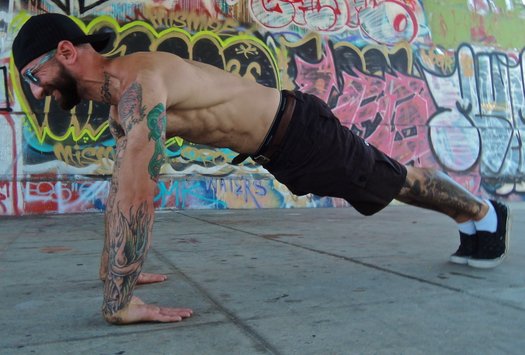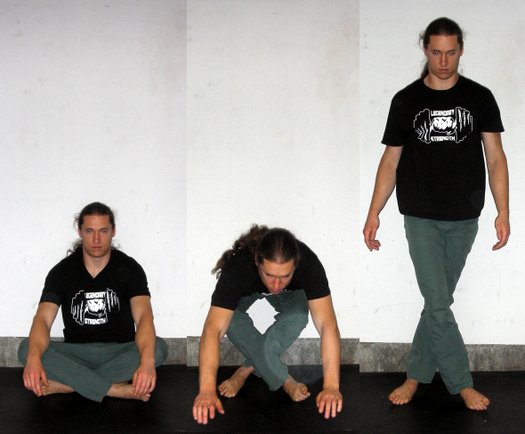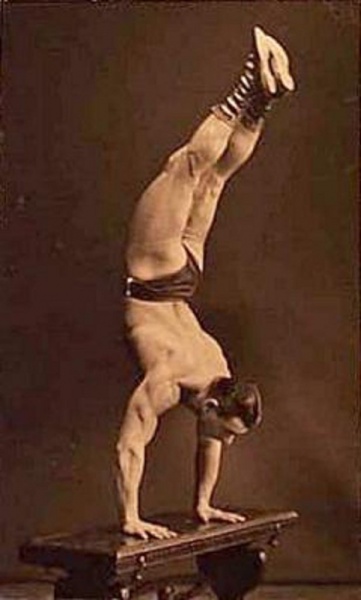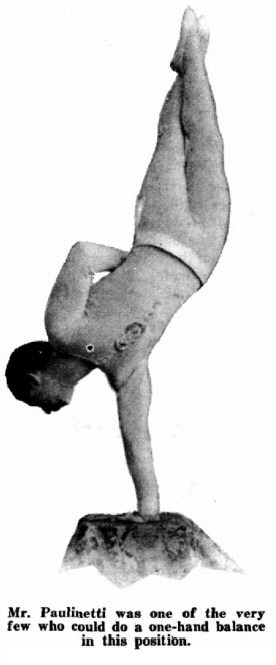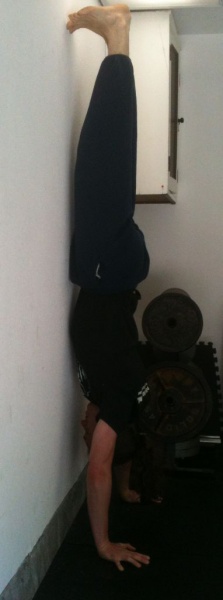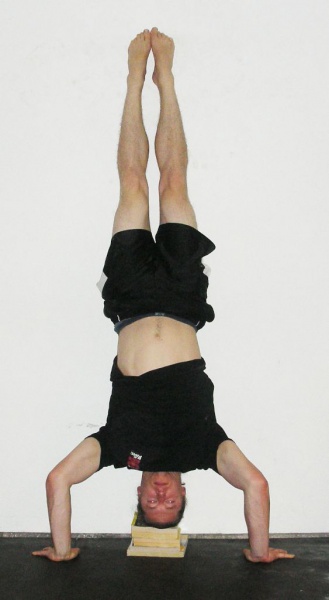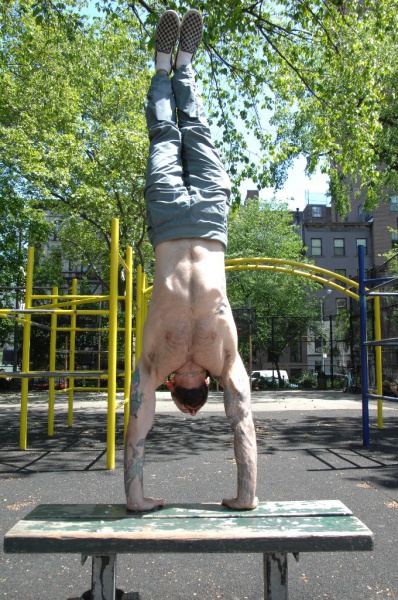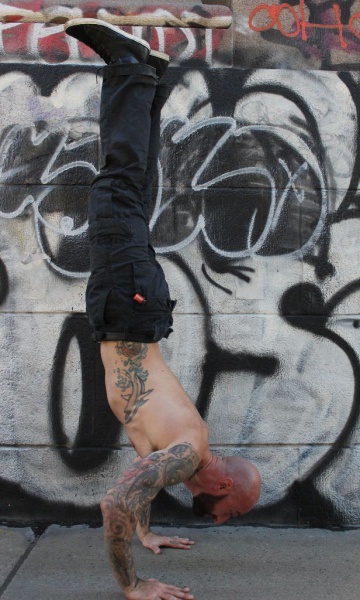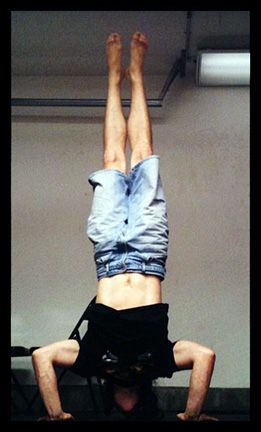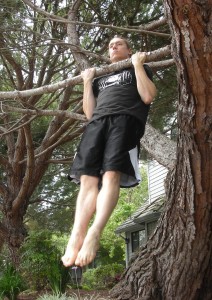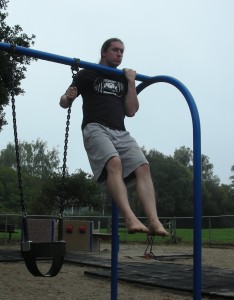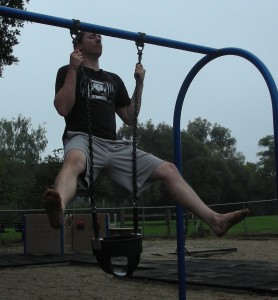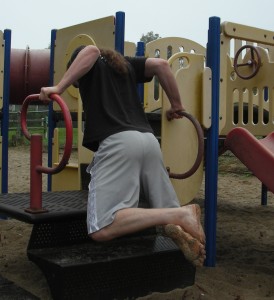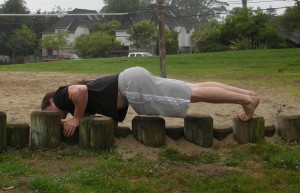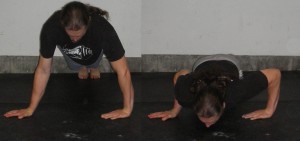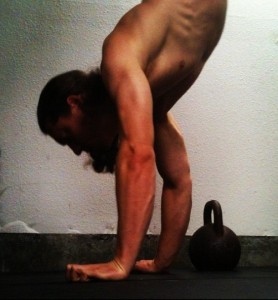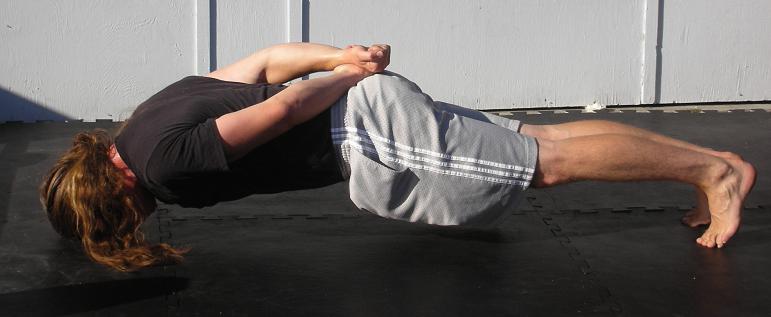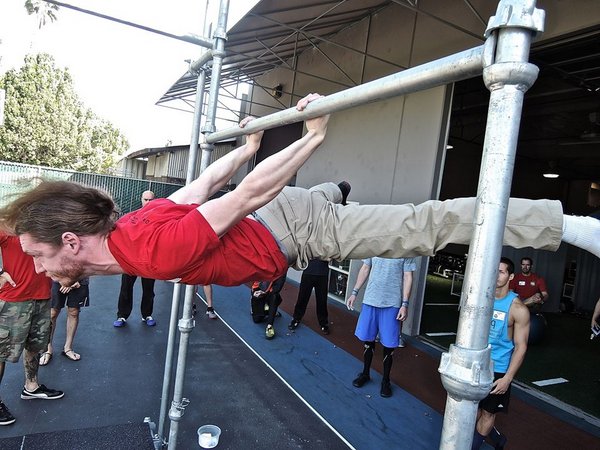
When I was growing up I had a fantasy of being strong, quick and agile. Basically, I wanted to be a ninja. As a scrawny and weak kid I was anything but.
Years later as I entered into adulthood I realized that this was something I could actually go about changing, and thus, my long path into strength and exercise began.
Since I didn’t have the best start, I sought out other means to help me gain the super powers I dreamed of. Steroids were always out of the question for me, so what else was there?
It appeared to me that mental training was largely unexplored territory. There was a lot of lip service paid to the idea, but not a whole lot of concrete methods to this seemingly esoteric field.
I had a couple of early and impactful experiences, yet so much of it was fluffy. If someone said to you, “Just exercise,” you wouldn’t actually have any idea or insight into how to do it correctly. Yet in the mental game you’re often simply told to “believe in yourself” without so much as a process on how to do so.
This made me even more determined to get answers. Just like in my strength pursuits, I was dedicated. And after some time I was fortunate enough to stumble upon some great teachers.
In the end I decided it was up to me to write the book I wish I had when I was starting out. And I’m proud to see that John Du Cane saw the need for a book like this to complement all the great physical exercise and health training manuals that Dragon Door has made available.
So when I recently presented at Dragon Door’s inaugural Health and Strength Conference, I noticed a commonality about several examples I used in my presentation on how to become instantly stronger using the power of your mind. Most of them had to do with bodyweight exercises!
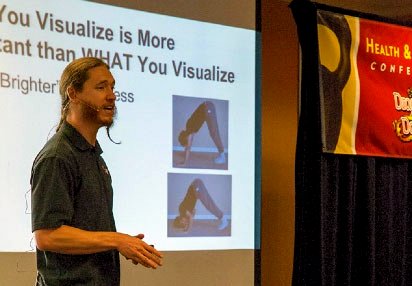
I talked about myself being stuck at a single freestanding handstand pushup until I realized I had a mental block. When I removed that through a simple process, I immediately hit a double, followed by a triple, and within a month nailed six reps.
I showed how I improved a friend’s yoga posture…without even focusing on that move at all.
Then live on stage at that event, I took a woman from two one-arm pushups to busting out seven. This was done without a single tip on technique but by getting her nervous system activated in an optimal way through “visualization”. (I put that in quotes because what I do is not the typical visualization that most people are familiar with.)
It’s not that the performance boosting mental training skills only work with bodyweight. Far from it. But maybe there was something to this idea.
One of the reasons you and I love bodyweight exercise is because there seems to be a higher degree of self-awareness that comes into play.
This still occurs with weights, especially if you actually pay attention to it, but even more so in bodyweight, probably because you are both the resistance and the one resisting.
This kind of self-awareness is critical for stepping behind the curtain, so to speak, in your mind, to help you get even better results.
As such, this makes a case for more of the nervous system being at play, rather than just using muscle. And if the nervous system is being used, we can definitely work to optimize it through mental training.
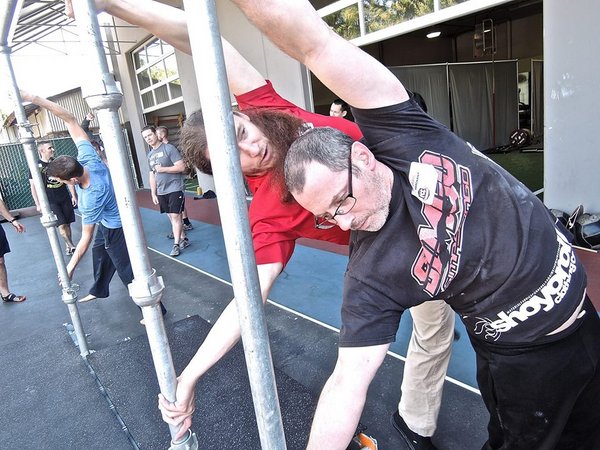
At the recent PCC in Mountain View, the Kavadlo brothers talked a lot about the nervous system activation required in all the moves we did from flags to levers to pushups.
What I’ve found in studying and experimenting with mental training is you can basically change how your nervous system works in regards to any exercise. And the higher the skill component of the move, oftentimes the more impactful the results become.
Muscle is good, but it is only one piece of the strength puzzle, of which there are many more. These include:
- Technical ability
- Nervous system
- Beliefs
- Internal dialog
- Tendon and ligament strength
- Bone strength
Yes, we can get the nervous system to work better through physical things like tensing other parts of the body to create more strength.
We can also approach it more from the mental side. What I like about this is you’ll often find you can do things easier and better, with less effort when you do it right.
After all, who is stronger, the person who can hold the human flag easily or the one that needs to work really hard to do so?
I’m not saying that you won’t ever need to work hard. But when you truly use your mind you may be surprised at just how much further you go.
Your mind governs everything you do, in your workouts and otherwise. So doesn’t it make sense to spend your time maximizing it?
More attention gets paid to learning a new exercise variation, the technical aspects of how to do it, and then programming for training.
Of course this is all important.
But HOW you think about all of the above can do even more to determine your results.
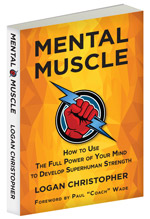 In my new book, Mental Muscle, there are tons of step by step drills, not just theory. In doing some you’ll get to experience tangible results just like you would expect in doing exercises from an exercise book.
In my new book, Mental Muscle, there are tons of step by step drills, not just theory. In doing some you’ll get to experience tangible results just like you would expect in doing exercises from an exercise book.
So let me take you “behind the curtain” to show you more how your conscious and subconscious mind works so you can put it to use in becoming stronger.
I had the great honor of having Paul “Coach” Wade write the foreword to Mental Muscle. In his books he’s talked about the mental side of training. In fact, most of the great strength training books over the decades have had at least a chapter devoted to the subject.
If you’re into bodyweight training I highly encourage you to check it out. If it adds just 10% to what you can do, wouldn’t that be worth it?
***
About Logan Christopher: Logan Christopher has been called a physical culture renaissance man as he is accomplished in a wide range of strength skills from kettlebell juggling, performing strongman stunts, and bodyweight exercises. He is the author of numerous books including Mental Muscle, Secrets of the Handstand and The Master Keys to Strength & Fitness. In addition, he’s spent the last several years going deep into mental training to find out what it takes to really excel and tactics that can help people instantly improve their exercises. You can find out more about all this at http://www.legendarystrength.com/.
